Picture the scene: you just finished a long day of sightseeing in Britain’s busy capital city, and have settled down in front of a roaring fire. You watch as the barman slowly pours you a warming dram of whiskey. It’s an image more commonly associated with Scotland, but in recent years whiskey’s appeal has spread well beyond the heather-covered Highlands and Islands to some of the UK’s best urban bars and eateries – including pride of place in many of London’s coolest hotspots. Indeed, the British capital is rapidly gaining a reputation as an outstanding destination for indulging your taste for whiskey. With a wide selection of world-class whiskey bars, cocktail innovators and even its own distilleries, the Big Smoke has more than earned its place on the whiskey scene.
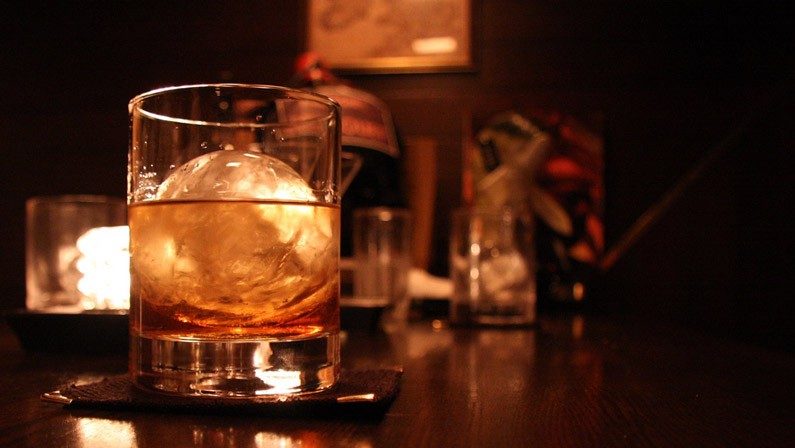
To gain insight into the ever-evolving world of single malts and blends, we spoke to a number of whiskey experts to get their view on the beverage’s booming popularity, as well as the best places in London to savor a dram (or three) during your stay.
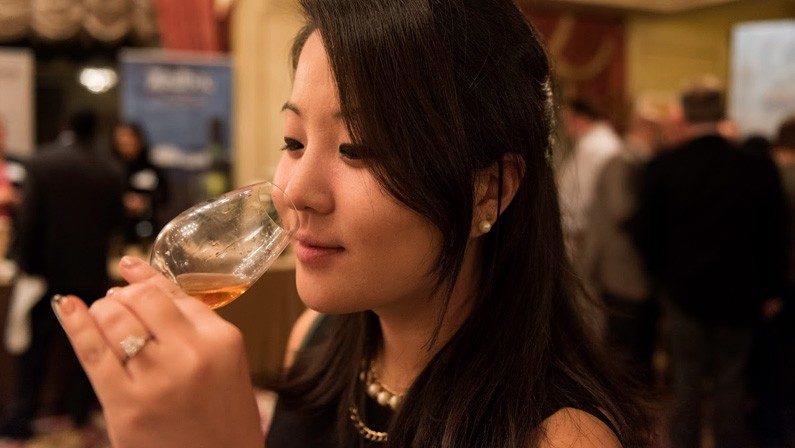
A reinvented classic
For years, many people dismissed whiskey as an old-fashioned tipple, favored mainly by gentlemen of vintage years and elite connoisseurs with specialist knowledge. However, whiskey has seen a resurgence in popularity in recent years, as a younger generation of drinkers discovers both classic malts and blends and the new whiskey varieties emerging around the globe.
“One of the most refreshing things over the last few years is that whiskey brands are now pushing beyond the boundaries and reach of the stereotyped whiskey consumer, and are focusing more of their marketing activities on the equally appreciative female and younger adult demographics,” observes Steve Rush, the whiskey expert and blogger behind The Whisky Wire.
“The growth of younger whiskey and spirits enthusiasts in general has been phenomenal, and is reflected by the cocktail bar boom of the last five years across the UK and with such events as London Cocktail Week.” Indeed, whiskey has increasingly played a starring role in some of the slickest new cocktail mixes, as adventurous bartenders break the traditional rules and use the spirit in ever more experimental ways.
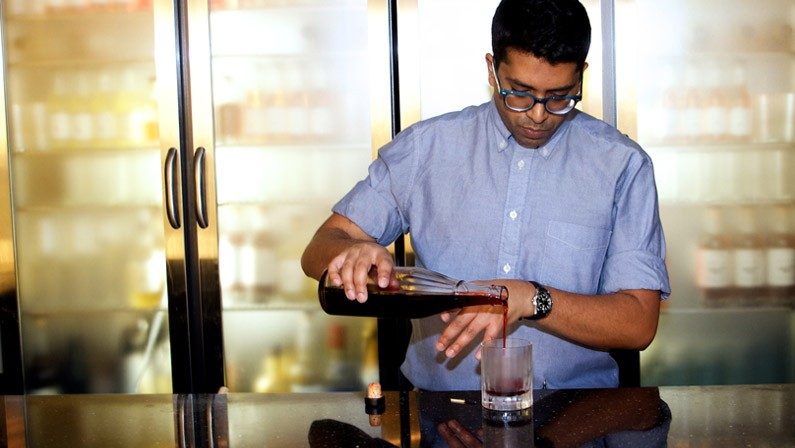
One person who certainly knows how to showcase a good whiskey is award-winning mixologist Ryan Chetiyawardana (better known as Mr Lyan), who has gained a reputation for his innovative cocktails at bars such as Bramble in Edinburgh and Purl, 69 Colebrooke Row and The Worship Street Whistling Shop in London. He also produced a series of drinks called “Creative Juices” for the Virgin Atlantic clubhouses in 2014, and, most recently, was inducted as a member of the Keepers of the Quaich – an exclusive society for those who have shown great commitment in furthering the Scotch whisky industry.
“It’s great to see that the stigma surrounding whiskey has subsided,” Mr Lyan says. “When I first started, I remember the struggle in suggesting Japanese whiskies or mixing with single malts, but that dialogue has changed. People on both sides are more open-minded, better educated and more willing to try something different. This change in attitude has certainly helped open up whiskey to audiences it was previously removed from.”
Gabrielle Shayne of The Scotch Malt Whisky Society of America agrees that whiskey is having a moment: “The whiskey scene is on fire and it is exciting to be part of such an exploding category in the industry. Over the past number of years, we’ve seen the rise of craft distilleries and spirits, which are gaining more and more interest amongst consumers. I 100-percent believe the younger generation is enjoying it. What was once known as ‘your grandfather’s drink of choice’ doesn’t stand true anymore.”
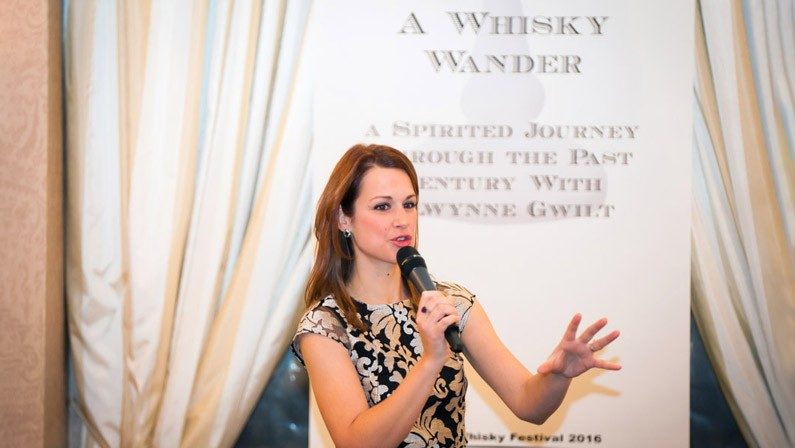
The traditionally male-dominated industry is also welcoming a host of new female employees, consumers and fans. “When I started my website in 2011, I created a series called ‘Whisky Women’ which profiled various women working in the industry,” says Alwynne Gwilt, better known as blogger and expert Miss Whisky, who also works as a whiskey specialist for William Grant & Sons. “I have been continuously blown away by the stories and careers and these incredible women, and see no sign of that diminishing – only growing. I am also definitely seeing many more females coming to whiskey shows, which is great, and the bartending community is filled with fantastic ambassadors for the spirit, too, which will disseminate out to consumers.”
Whiskey: the basics
While many people are familiar with the rich, golden color and heady aroma of whiskey, fewer are clear on the origins and intricacies of the spirit. The word “whiskey” comes from the Gaelic term uisge, short for uisge beatha – the “water of life”. Whiskey has been produced in Scotland and Ireland for hundreds of years, most likely after being introduced to the British Isles by missionary monks. During this time it grew from a relatively small-scale cottage industry, to the multi-million pound, global industry it is today.
So what exactly is whiskey? Essentially, it’s a spirit made from grains that have been mashed, then subsequently fermented, distilled and aged in barrels. The type of grain used determines the whiskey variety. So, a malt whiskey is made from barley, whereas a grain whiskey can also mix in other cereals, such as wheat or maize. Bourbon must be made up of at least 51 percent corn, and rye contains a minimum of 51 percent rye. A blended whiskey mixes a number of malt and grain whiskies together according to a careful recipe. There are distinctions based on the region in which the whiskey is distilled, too. The most obvious, for starters, is the spelling: when referring to Scottish malts and blends, the spelling is “whisky”, whereas American and Irish products are “whiskey” (a convention used throughout this article). Other regional differences are as follows:
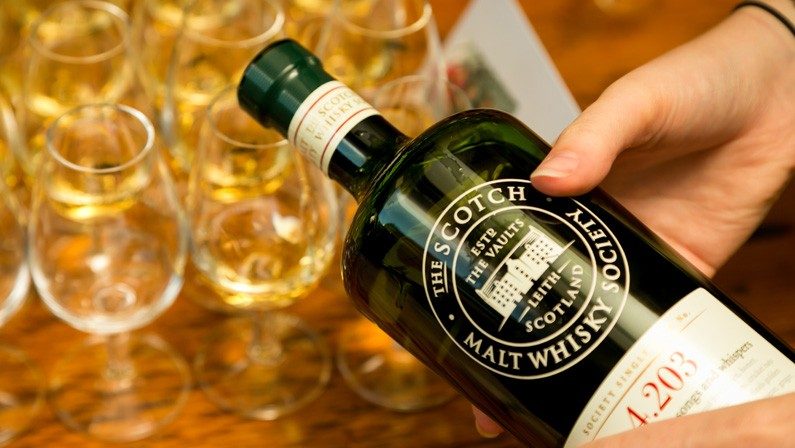
Scottish whisky
On dark, misty winter nights in Scotland, it’s easy to understand how the reviving properties of whisky have led to it being such a huge part of the culture. Now the spicy scent and warm intensity of Scotch whisky is one of the quickest ways to transport yourself in mind and spirit to the windswept hills and glens of this rugged northern country – a true taste of its romantic heritage.
“Scottish (Scotch) whiskies are produced across the five main whisky regions of Scotland, all of which have their own unique style and flavor profile,” Steve Rush explains. “Lowlands whiskies are light and fresh, Highland whiskies are smooth and floral, whiskies from Speyside are fruity and rich, Campbeltown whiskies are briny and coastal, and Islay whiskies are peaty and medicinal.
“There are five types of Scotch whisky: single malt whisky, single grain whisky, blended malt whisky, blended grain whisky and blended whisky. All of these are usually distilled twice and need to be aged for a minimum of three years in oak barrels before they can be legally classed as Scotch whisky.”
Outside of Scotland, Scotch has long been popular with a rarefied few, but over the last couple of decades interest in single malts has skyrocketed, particularly in the USA. When her father Alan Shayne launched The Scotch Malt Whisky Society of America in 1993, Gabrielle Shayne recalls that “America was right on the cusp of the single malt ‘explosion’. It wasn’t as popular as it is today. Not many people knew what single malt Scotch whisky was, but people were starting to gain interest and he knew there was a niche for the product.
“Interest in Scotch whisky has changed enormously [since then], and even more so since I joined the team in 2007. We’ve seen massive growth in the category…and I expect it will continue to grow and act as a catalyst for other types of emerging whiskies.”
Irish whiskey
Anyone who has visited the Emerald Isle may regale you with stories of ordering pints of Guinness late into the night, but Ireland also has a long tradition of distilling whiskey. “Ireland produces a number of whiskey types,” Rush continues. “Single pot still whiskey (a style of whiskey unique to Ireland), single malt whiskey, single grain whiskey and blended whiskey, all of which have to be aged in oak barrels in the Republic or Northern Ireland for a minimum of three years.
“Irish whiskey was traditionally known to be smooth and fruity in style, but with double distillation now being used by some producers instead of the traditional triple and the increasing use of peat, there are now also a number of smokier and fresher styles being produced, along with an ever-growing increase in different cask finishes, such as rum and wine.”
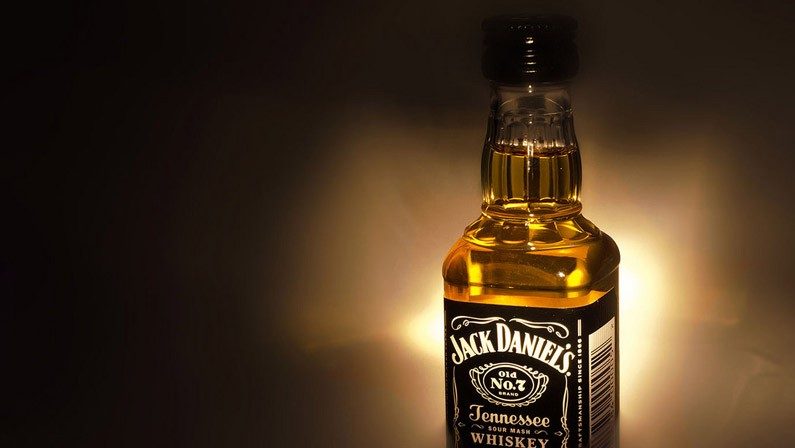
American whiskey
There’s also a thriving whiskey heritage to be found much closer to home – most famously in the blue-green hills of Kentucky, but also in small-scale, family-run distilleries throughout the length and breadth of the land.
Traditionally, American whiskey fell into three categories. The first, bourbon, is a rich, sweet whiskey made from corn and aged in charred oak barrels, which must be brand new for each batch (used bourbon barrels are often employed afterward for aging Scottish single malts). The second, rye whiskey, is also aged in new, charred oak barrels, but features rye as its principal ingredient. Finally, Tennessee whiskey is a type of bourbon made exclusively in Tennessee – Jack Daniels is the most famous example.
However, Steve Rush notes that, alongside these classics, “the US is now a thriving hotbed of small craft distillers, producing some truly amazing spirits. From the amazing Blue Corn Whisky produced by Balcones in Texas, and the phenomenal Millet Whiskey produced by Koval in Chicago, to the sublime Hudson Manhattan Rye produced by Tuthilltown Spirits in New York, there are some truly amazing drops of liquid Americana of varying styles being produced across the US today – and the Americans are also showing the Scots a thing or two about making some seriously sippable single malts.”

Other international whiskies
With the burgeoning popularity of whiskey across the globe, whiskies from other areas are gaining increased exposure. For example, Canada is known for its rye whiskey, while other countries getting in on the distilling act include South Africa, India, Sweden and Australia, opening up a whole new world of international flavors for whiskey fans to explore, and most are eagerly pouncing on the opportunity to taste their way across the map.
One of the best known new whiskey exporters is Japan, which has gained global recognition for the excellence of its single malts and blends in the last few years. In fact, many connoisseurs consider these amongst the hottest new whiskey varieties to emerge in recent years, so they’re well worth sampling the next time you’re in a specialist whiskey bar.
Back on British shores, a wave of new distilleries are also opening across England – including in the capital.
The growing English whisky scene
“After an absence of nearly a hundred years, there are a now a handful of distilleries in England producing whisky,” says Steve Rush. “Most notably, The English Whisky Company, based at St. George’s Distillery in Norfolk, have since 2006 been producing a number of single malts very similar in style to those of their Scottish cousins, including peated variants, plus a number of bourbon, sherry and rum cask finish expressions.”
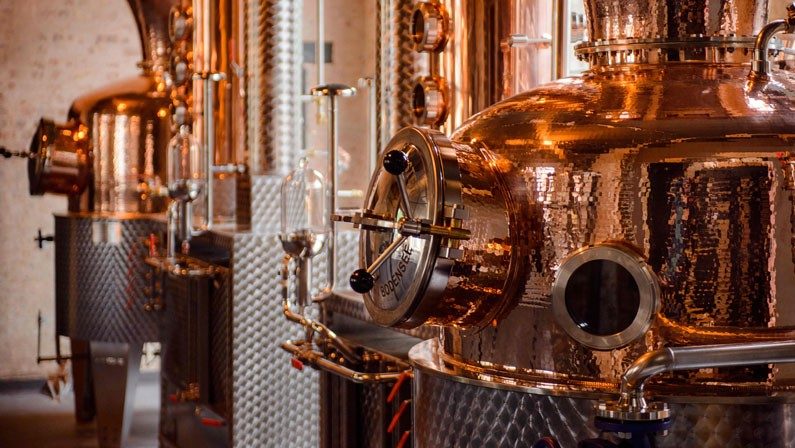
Distilling has also returned to London for the first time in a century with the arrival of The London Distillery Company in Battersea, the first business of its type to exist in the capital since the Lea Valley Distillery closed in the first decade of the 20th century. The company produces a range of British spirits, including whisky, and also offers tours of their distillery if you’re keen to get a behind-the-scenes look.
Another distillery helping bring this historic art back to London is East London Liquor Company in Bow Wharf. “The East End was historically the home of distilling in London, so the location was a big inspiration for us,” explains company founder Alex Wolpert. “The distillery itself is in a former glue factory, so there’s a lot of history there. Our aim has always been to revive spirit production in the area, so we have gone back to traditional distillery methods, but with a focus on innovation.”
So what sets these new English whiskies apart? “English whisky is a relatively new genre within the category and doesn’t carry the same restrictions as Scotch, which can make it a lot more interesting for both whisky connoisseurs and those new to the spirit,” says Andy Mooney, Whisky Distiller at East London Liquor Company. “For example, English whisky doesn’t need to be aged in oak, so at the distillery we can play around with the different woods we use for ageing, as well as the grains and stills we use.
“While we are currently focusing on London Rye, our hybrid stills are capable of producing multiple whisky styles, so we’re experimenting with everything from bourbon-style to Irish triple-pot. With different grains, yeasts, brews and barrels, we can produce a range of unique whiskies.”
Alex Wolpert adds, “The distilleries here are much smaller and newer than those in the traditional whisky regions, like Scotland and the US. This allows us to take risks and break away from the old perception of how to make whisky. With so much innovation in the UK category, visiting US whiskey lovers can expect something a bit different and even surprising. Every batch we produce as a distillery is unique, as we constantly change our mash bill, whisky style and the barrels we use, creating something new each time.”
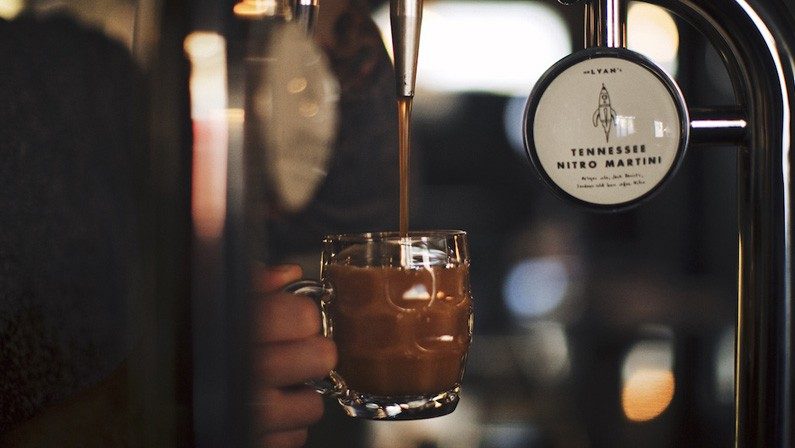
Whiskey for a modern audience
Although more traditional whiskey lovers may frown at the thought of mixing a fine single malt with anything other than a drop of water, whiskey’s trendy new status means that many of the old rules are being broken. A new generation of fans are finding fresh ways to enjoy this venerable tipple, even putting a spin on classic whiskey cocktails already considered daring by some purists.
“Whisky is definitely on the up, and is attracting a much younger audience than ever before,” says Alex Wolpert. “We’ve seen a big demand for whisky and whisky cocktails at the bar. People are no longer just interested in the classics like the Old Fashioned, they want to try something a bit different. Whisky cocktails are big on flavor and the new generation of cocktail drinkers like that.”
We asked Mr Lyan about his favorite whiskies for cocktail mixing: “I love different styles for different moods. I’ve always loved mixing with Talisker and Lagavulin as they’re so revered and people are shocked by the idea, but then realize the value when they try the other sets of flavors that are revealed when they’re carefully mixed. Similarly, honeyed, golden malts such as Aberfeldy, Longmorn or Clynelish mix incredibly well. However, I’m still a lover of blends. My all-time favorite go-to drink is a Scotch and soda, as it opens out the layers of a blend so perfectly.”
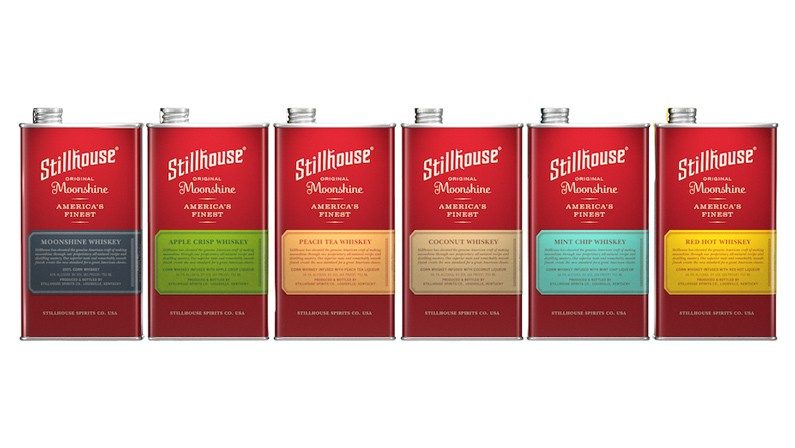
There are also whiskey brands specifically designed for a new generation with more eclectic tastes. In the USA, Stillhouse Whiskey has launched a line of whiskies in vintage-inspired stainless steel cans that recall the days of Prohibition, when whiskey was stored in unconventional containers to hide it from the eyes of the law.
Alongside a Moonshine Whiskey inspired by the traditional home brew, Stillhouse offers a range of whiskies in such unusual flavors as Coconut, Mint Chip and Peach Tea. While whiskey purists may shake their heads, Founder and CEO Brad Beckerman explains that the drinks are designed to appeal to a new and exciting target market: “Stillhouse connects with a new generation of aspiring artists, renegades and dissenters. These adventurous millennials embrace a wide variety of taste profiles and are fuelling the growth of the flavored whiskey category.”

Best London whiskey bars
London has one of the best bar scenes in the world, and there are plenty of good choices for indulging your taste for whiskey. From traditional whiskey pubs offering a huge selection of fine single malts, to stylish cocktail bars mixing up innovative new concoctions, there is plenty to entice both new and experienced whiskey fans.
Start with a visit to Mr Lyan’s cutting-edge bar, White Lyan – known as the first bar in the world not to use perishables or brands. Instead, each carefully crafted beverage is made using Mr Lyan’s own homemade spirits and mixers, including a range of tinctures and cordials that ensure each drink is consistently spot-on. Choose the Beeswax Old Fashioned for a twist on a classic, or be brave and try a Ribs cocktail featuring bourbon, chipotle, mint tea and rosewood – definitely a combination you won’t soon forget. You can even pick up award-winning bottled versions of his popular cocktails to take home at the bar, or at stores such as Selfridges, Master of Malt and The Whisky Exchange.
Alwynne Gwilt has also shared her top recommendations for where to sample whiskey in London: “If people want to go out for a whiskey, then the Boisdale restaurants are a great bet, as their selection is fantastic. A new bar in Shoreditch called Black Rock is also getting a lot of attention just now for its incredible whiskey list, while for Japanese whiskey, Bull in a China Shop (also in east London) will have fans of that style jumping up and down.
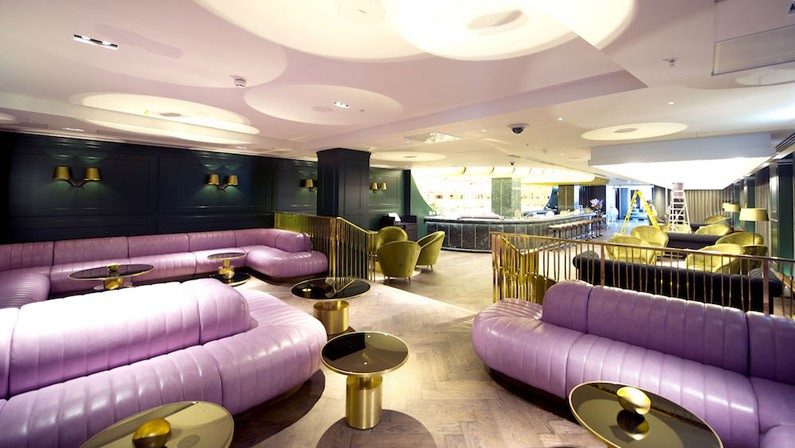
“In Soho, check out Milroy’s or, for a classic central London boozer, The Toucan pub, which specialises in Irish whiskey (and pours the best Guinness in the city) in its downstairs bar. For cocktails – which I’m a big fan of – no visit is complete without going to Lyaness [sister bar to White Lyan] at the Mondrian Hotel on the Southbank; or, for a more classic concoction, head to The American Bar at The Savoy. Make sure you try out the new House of Hazelwood whiskies (from William Grant & Sons), which are exclusively available there for the next six months.
“If you’re picking up whiskies to take home, Hedonism is the most incredible place. A work of art on its own, this specialist wine and whiskey shop has an unbelievable array of whiskies. The Whisky Shop has two locations in London (one across from The Ritz) and The Whisky Exchange has a store in Covent Garden, and all stock impressive selections – including, of course, my delicious Ancient Reserves range.”
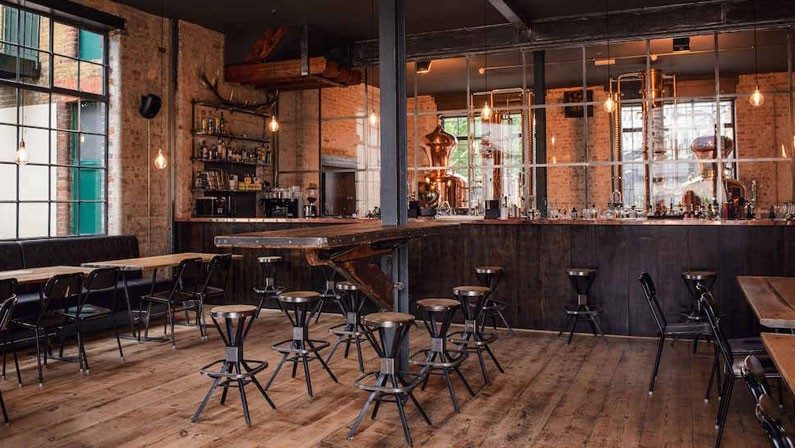
Steve Rush adds a couple of his favorites: “No whiskey pilgrimage to London would be complete without a visit to the spirits room at Berry Bros. & Rudd in St James’s Street, or the award-winning bar at the Athenaeum Hotel in Piccadilly. There are also whiskey festivals galore, including the Whisky Show in October.
“There’s also a whole crop of distilleries popping up over London, such as the East London Liquor Company. Even though it may be a while until you can sample their whisky, you can savor some of their other distilled delights at their distillery bar at Bow Wharf in East London.” You can also tour the distillery itself for a glimpse of whisky production in action, plus the chance to sample the company’s spirits.
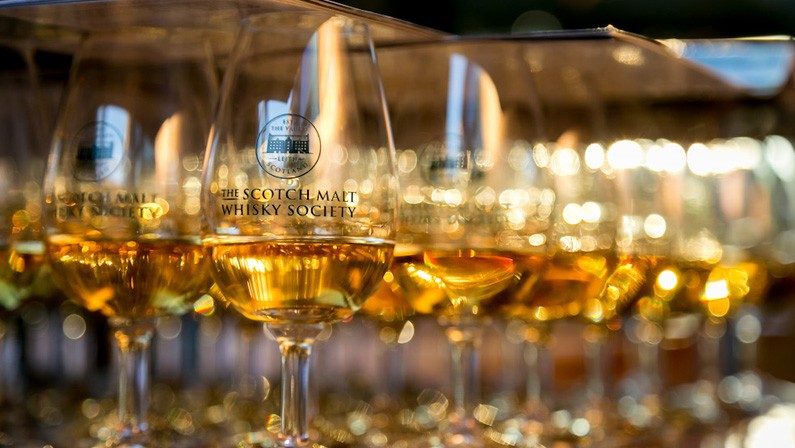
In the meantime, you can start exploring the world of whiskey by attending one of the Whisky Extravaganza events organized by the Scotch Malt Whisky Society of America. Gabrielle Shayne describes these as “a connoisseur’s evening featuring rare and exceptional single malts, Scotch and unique whiskies from around the world.” Over the course of an evening, guests get to sample over 120 whiskies, enjoy a full buffet dinner and premium imported cigar, plus interact with whiskey experts and like-minded enthusiasts.

.jpg.transform/375x812/image.jpg)
.jpg.transform/375x812/image.jpg)
.jpg.transform/375x812/image.jpg)